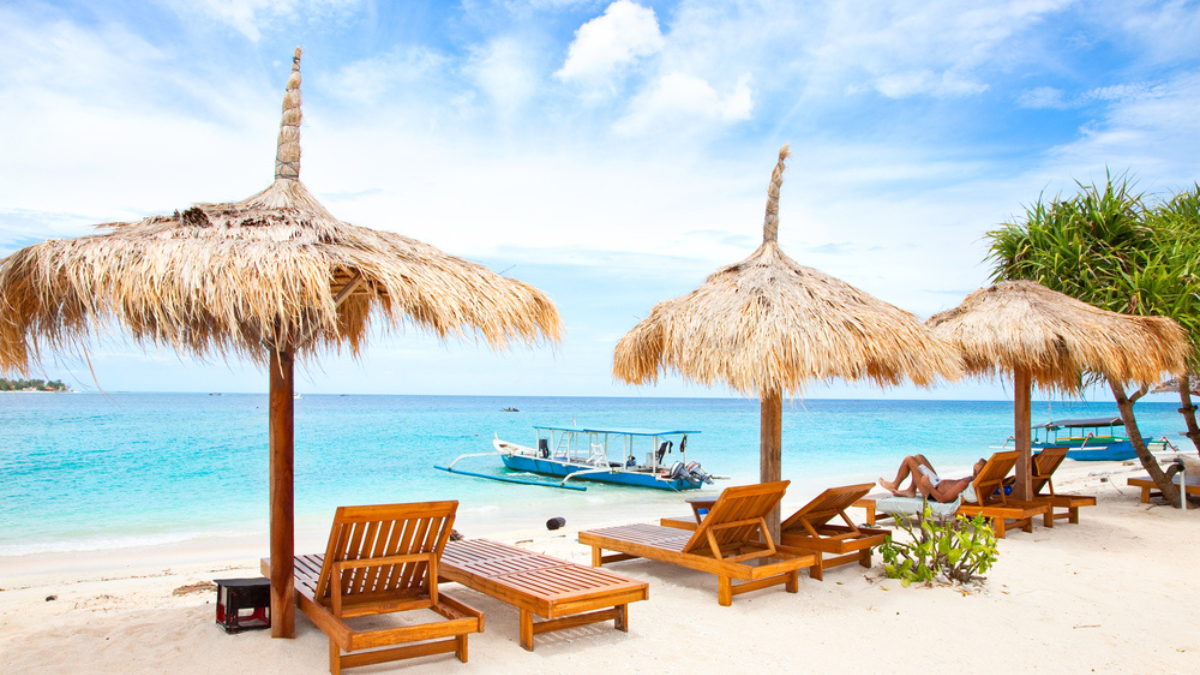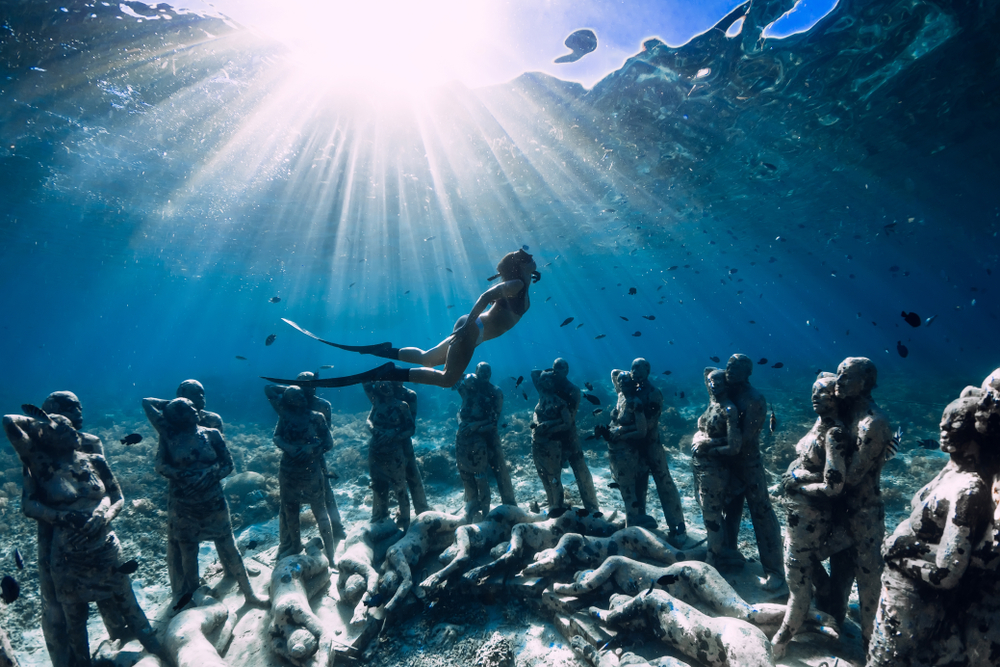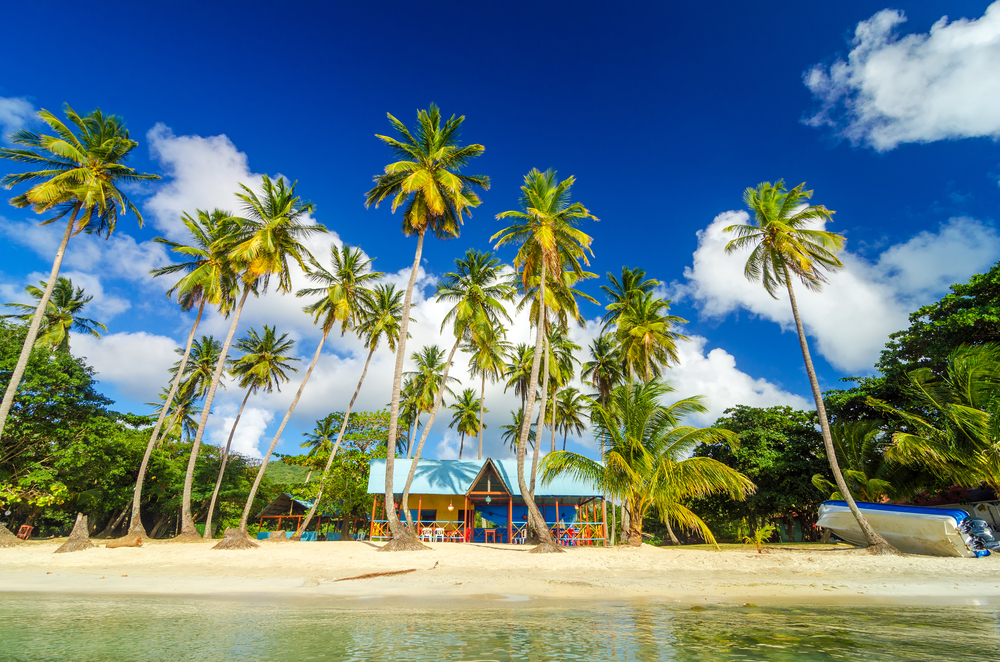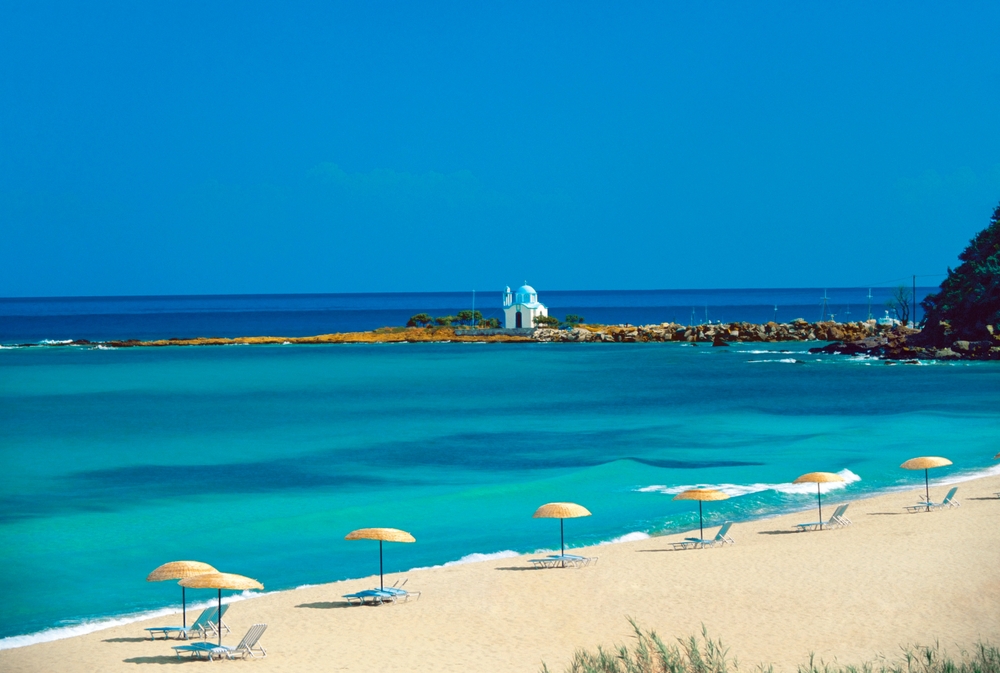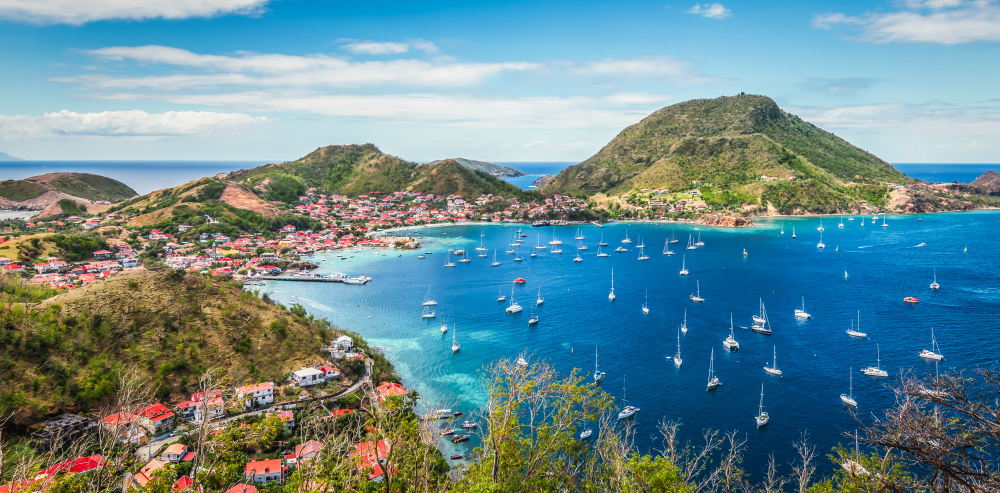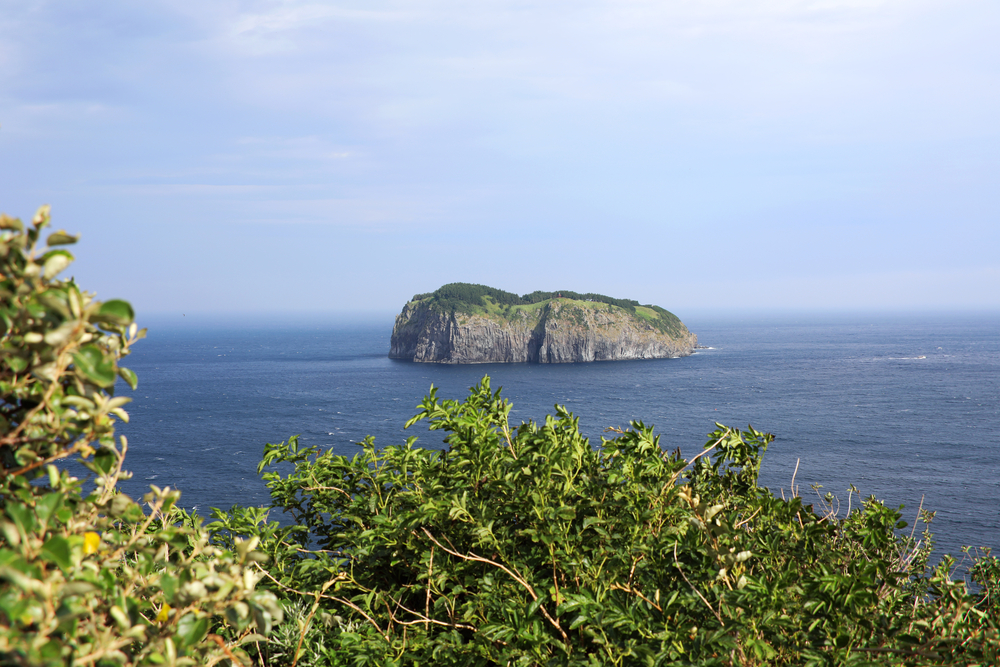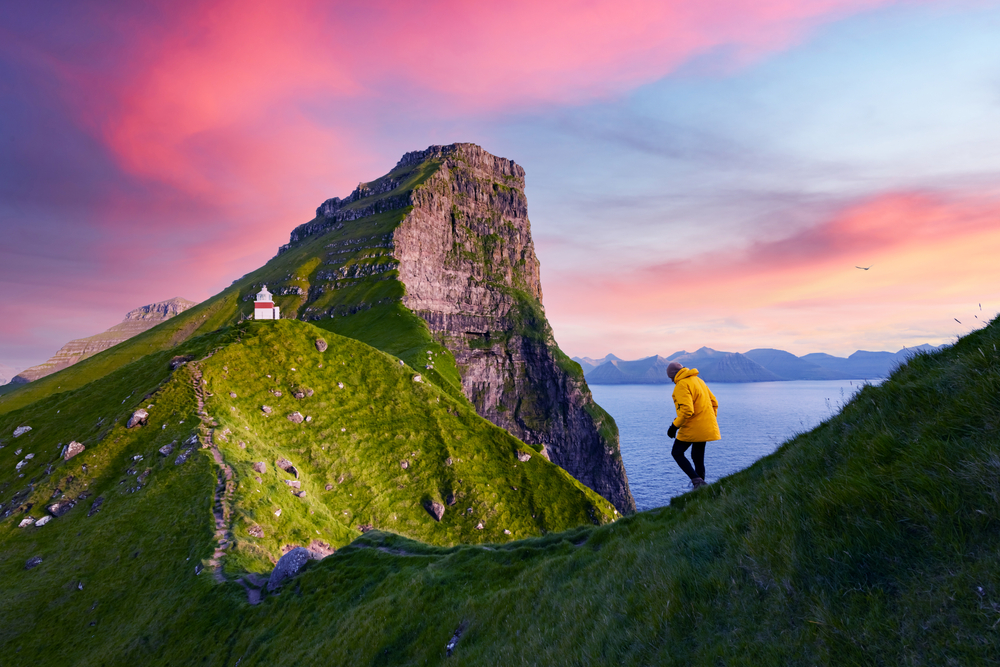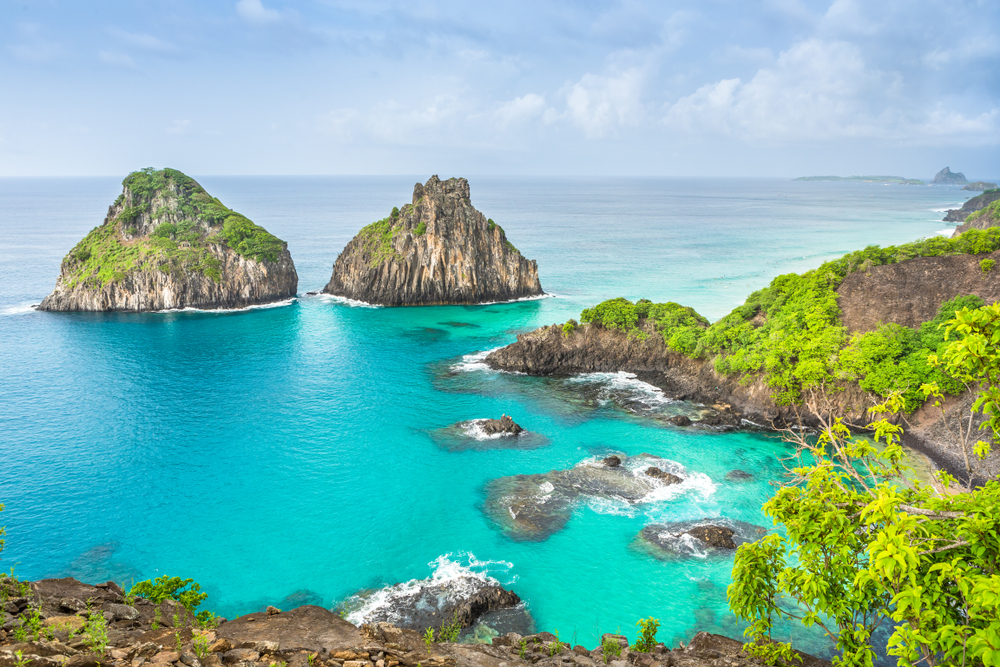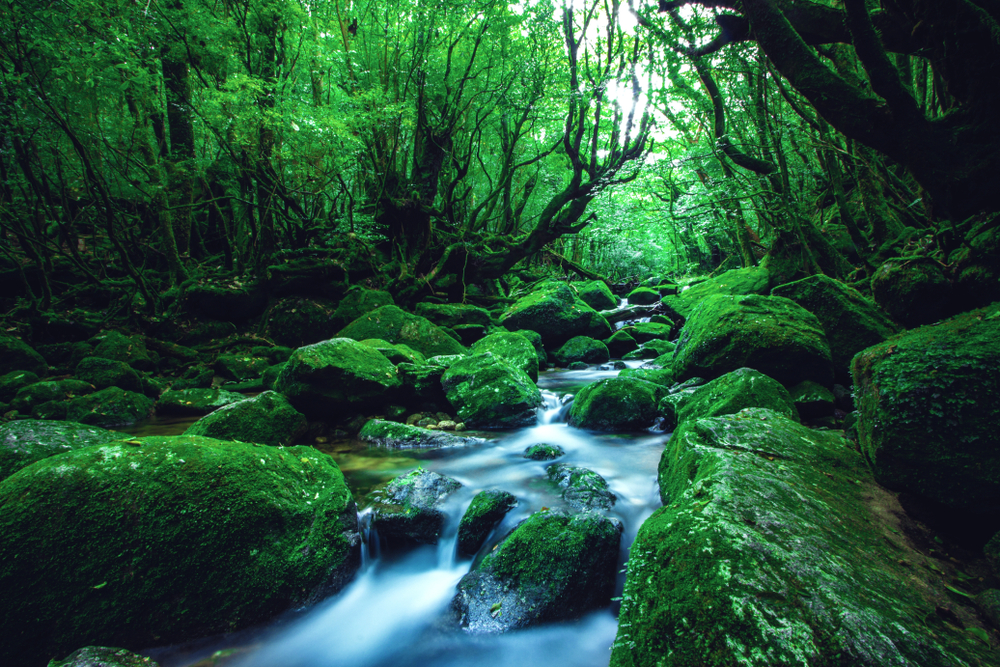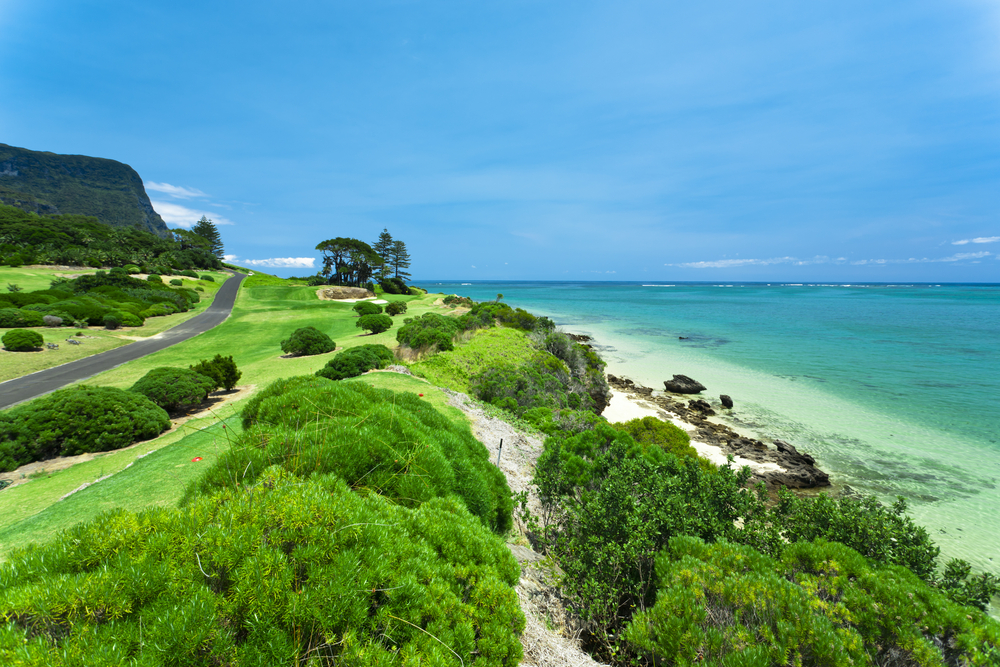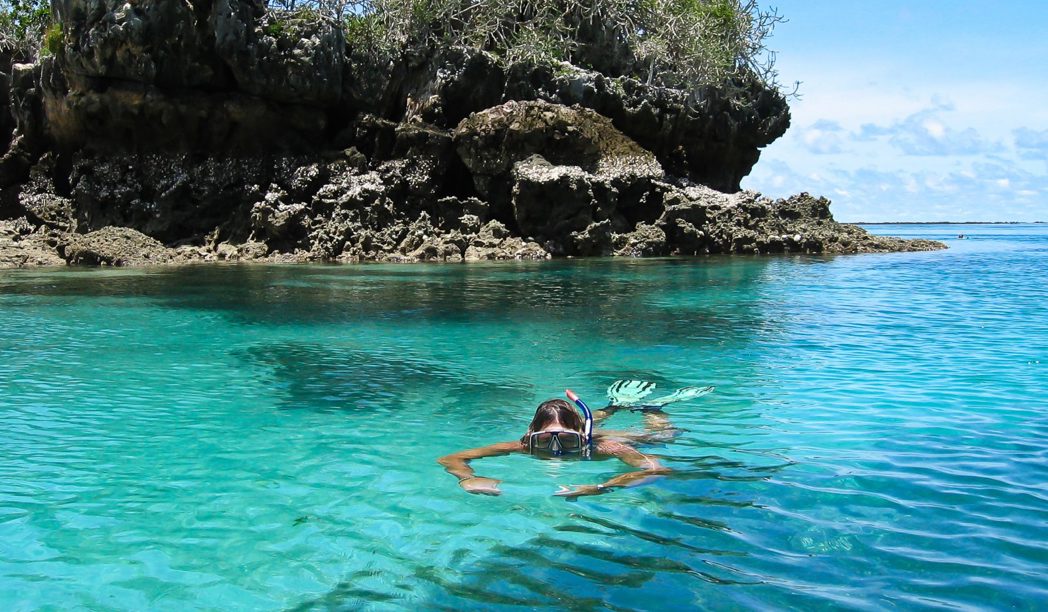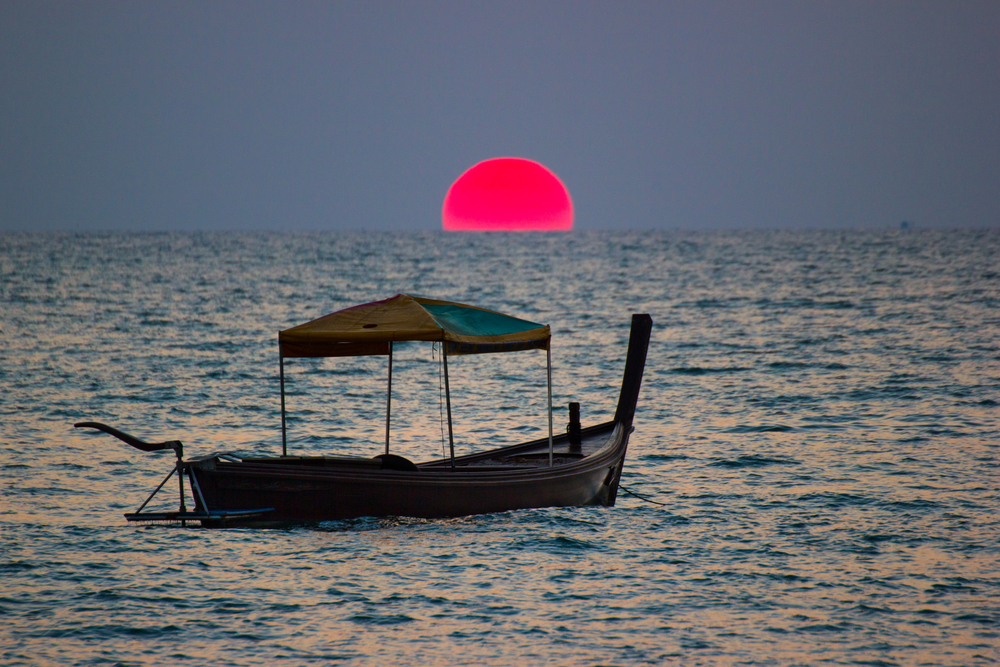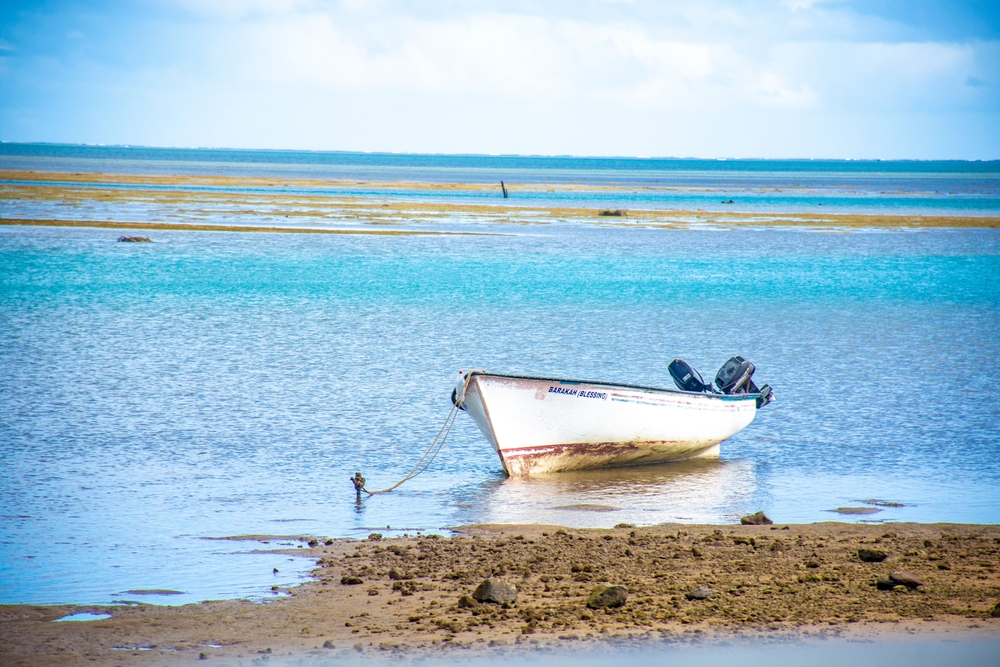Imagine stepping onto pristine shores where footprints in the sand might be your own first marks. Hidden islands offer travelers the ultimate escape from crowded tourist destinations. These secluded paradises showcase nature’s most spectacular scenery, from crystal-clear waters to lush landscapes untouched by mass tourism. Ready to discover places so beautiful you might hesitate to share them with friends?
1. Gili Meno, Indonesia
Sandwiched between its more famous neighbors, Gili Meno remains the sleepy middle child of Indonesia’s Gili Islands. Locals call it the ‘honeymoon island’ for good reason – its beaches are virtually empty even during peak season.
The underwater statue garden just offshore creates an eerie, magical snorkeling experience where concrete figures slowly transform into artificial reefs. Sea turtles regularly glide past visitors exploring this underwater art installation.
With no motorized vehicles allowed, the only sounds you’ll hear are waves lapping against the shore and the occasional clop of horse-drawn carts transporting visitors around the tiny island.
2. Providencia, Colombia
Far from mainland Colombia lies a Caribbean gem that most travelers never reach. Providencia’s isolation (a two-hour flight plus boat ride from the continent) has preserved its authentic island culture and incredible natural beauty.
Reggae music drifts from colorful wooden houses while locals chat in Creole English rather than Spanish. The world’s third-largest barrier reef surrounds the island, creating protected waters in shades of blue that defy description.
Unlike neighboring San Andrés, Providencia remains blissfully underdeveloped with just a handful of small guesthouses. Hiking up El Pico Natural Park rewards adventurers with 360-degree views of the Caribbean Sea.
3. Ikaria, Greece
Named after mythical Icarus, who flew too close to the sun, Ikaria might be Greece’s best-kept secret. This rugged Aegean island doesn’t flaunt the whitewashed perfection of Santorini or Mykonos – and that’s precisely its charm.
Famous as one of the world’s Blue Zones where people routinely live past 100, Ikaria’s residents embrace a relaxed lifestyle. Shops open on their own unpredictable schedule, and midnight dinner gatherings stretch until dawn.
Rocky beaches with crystal-clear waters remain uncrowded even in summer. The island’s natural hot springs at Therma have attracted visitors since ancient times, with radioactive waters said to relieve various ailments.
4. Îles des Saintes, Guadeloupe
A tiny archipelago of eight islands floats just south of Guadeloupe like scattered emeralds. Only two islands are inhabited, with Terre-de-Haut being the main destination for travelers seeking French Caribbean charm without crowds.
Descendants of Breton sailors populate these islands, creating a unique culture where French baguettes meet tropical fruits. Pain de Sucre beach rivals any in the Caribbean yet remains blissfully uncrowded.
Fort Napoléon stands guard from the highest point, offering panoramic views and gardens filled with iguanas basking in the sun. The bay of Terre-de-Haut ranks among the most beautiful in the world yet sees just a fraction of the visitors of more famous Caribbean destinations.
5. Ulleungdo, South Korea
Rising dramatically from the Sea of Japan, Ulleungdo’s volcanic silhouette creates one of Asia’s most striking island profiles. South Koreans know it as a natural paradise, but international visitors rarely make the journey to this remote outpost.
Locals harvest squid and unique mountain herbs found nowhere else on earth. The island’s signature dish combines these treasures into delectable meals served in family-run restaurants along the harbor.
Hiking trails wind through ancient forests of twisted pines and prehistoric-looking ferns to viewpoints where Japan’s disputed Dokdo islands appear on clear days. With no airport and a ferry journey that’s frequently canceled due to rough seas, reaching Ulleungdo feels like a true adventure.
6. Faroe Islands’ Kalsoy
James Bond’s final resting place in ‘No Time to Die’ introduced the world to this finger-like island in the remote Faroe archipelago. Despite its cinematic debut, Kalsoy remains wonderfully undiscovered with only 76 residents spread across four tiny villages.
A single-lane tunnel system connects these communities, with drivers navigating carefully and using designated passing areas. The island’s most famous resident is the Selkie Woman of Mikladalur – a haunting statue commemorating local legends of seal-women who shed their skins to walk on land.
Hiking to Kallur Lighthouse rewards adventurers with vertigo-inducing views from cliffs that plunge hundreds of feet into the churning North Atlantic. The lighthouse keeper’s path requires nerves of steel but delivers unforgettable panoramas.
7. Fernando de Noronha, Brazil
Brazil’s most precious natural treasure limits visitors to 500 daily, keeping this Atlantic archipelago pristine. Environmental protection fees deliberately discourage mass tourism, making Fernando de Noronha Brazil’s most exclusive beach destination.
Marine life thrives in protected waters where spinner dolphins perform acrobatic displays each morning at Dolphins Bay. Baía do Sancho consistently ranks among the world’s best beaches, accessible only via ladder descent through a narrow rock crevice or by boat.
The Brazilian government designates 70% of the archipelago as a national marine park, prohibiting development and fishing. This protection creates an underwater paradise where sea turtles, rays, and reef sharks swim alongside snorkelers in visibility often exceeding 100 feet.
8. Yakushima, Japan
Ancient cedar forests shrouded in mist inspired the magical settings in Studio Ghibli’s ‘Princess Mononoke.’ Yakushima sits just south of Kyushu but exists in another world entirely – a primeval landscape where some trees have stood for over 7,000 years.
Jomon Sugi, the island’s oldest cedar, requires a challenging 10-hour round-trip hike that limits visitors. The reward is standing before a living being that was already ancient when Rome was founded.
Rain falls almost daily, creating a lush environment where moss covers everything and crystal-clear streams tumble down to the sea. Loggerhead turtles nest on Yakushima’s beaches, adding another layer of wonder to this UNESCO World Heritage site that Japanese travelers treasure but foreigners rarely visit.
9. Lord Howe Island, Australia
The world’s southernmost coral reef surrounds this crescent-shaped paradise where visitor numbers are capped at 400. Located 600 kilometers from mainland Australia, Lord Howe Island offers a glimpse of Earth as it once was.
Ball’s Pyramid, the world’s tallest sea stack, rises dramatically from the ocean nearby. This jagged spire harbors the last known population of the Lord Howe Island stick insect – once thought extinct until rediscovered in 2001.
Twin peaks dominate the island’s skyline, with Mount Gower providing Australia’s most spectacular day hike. The island’s isolation has created a haven for rare birds, plants, and marine life found nowhere else. With no cell phone reception and limited internet, disconnection from the modern world comes naturally.
10. Chole Island, Tanzania
While Zanzibar draws crowds, tiny Chole Island in the Mafia Archipelago remains wonderfully untouched. Ancient baobab trees stand sentinel over ruins reclaimed by jungle – remnants of this former trading post’s storied past.
The island’s single eco-lodge, built high in the trees, operates entirely on solar power. Rooms connected by wooden walkways offer views across mangroves where fruit bats hang like strange fruit from branches.
Whale sharks frequent the surrounding waters between October and March, allowing swimmers to encounter the gentle giants. Local boat builders continue centuries-old traditions, crafting dhows using methods passed through generations. With no roads, cars, or even bicycles, Chole represents one of Africa’s last truly tranquil island escapes.
11. Andaman Islands’ Little Andaman
The southernmost of India’s inhabited Andaman Islands remains refreshingly undeveloped. Little Andaman’s perfect waves attract a small community of surfers who guard its location jealously.
Butler Bay’s left-hand break ranks among Asia’s best yet sees just a fraction of the crowds found at more famous surf destinations. Inland, waterfalls cascade through pristine rainforest where elephants roam – descendants of logging animals brought by British colonists.
The indigenous Onge people maintain their traditional way of life in protected areas closed to visitors. White sand beaches stretch for miles without another soul in sight. Little Andaman represents what Thailand’s islands were like decades ago, before mass tourism transformed them.
12. Rodrigues, Mauritius
French-speaking with an African soul, Rodrigues feels like Mauritius 40 years ago. This autonomous outer island of Mauritius sits isolated in the Indian Ocean, preserving traditional island life increasingly rare in our connected world.
Locals still fish using traditional methods, setting octopus traps on the vast lagoon at low tide. The island produces honey with unique flavors derived from endemic plants found nowhere else on Earth.
Hiking trails crisscross the volcanic landscape, leading to viewpoints where the entire island and its encircling reef appear in panoramic splendor. With limited flights from mainland Mauritius and just a handful of small guesthouses, Rodrigues remains a genuine island secret waiting to be discovered.
